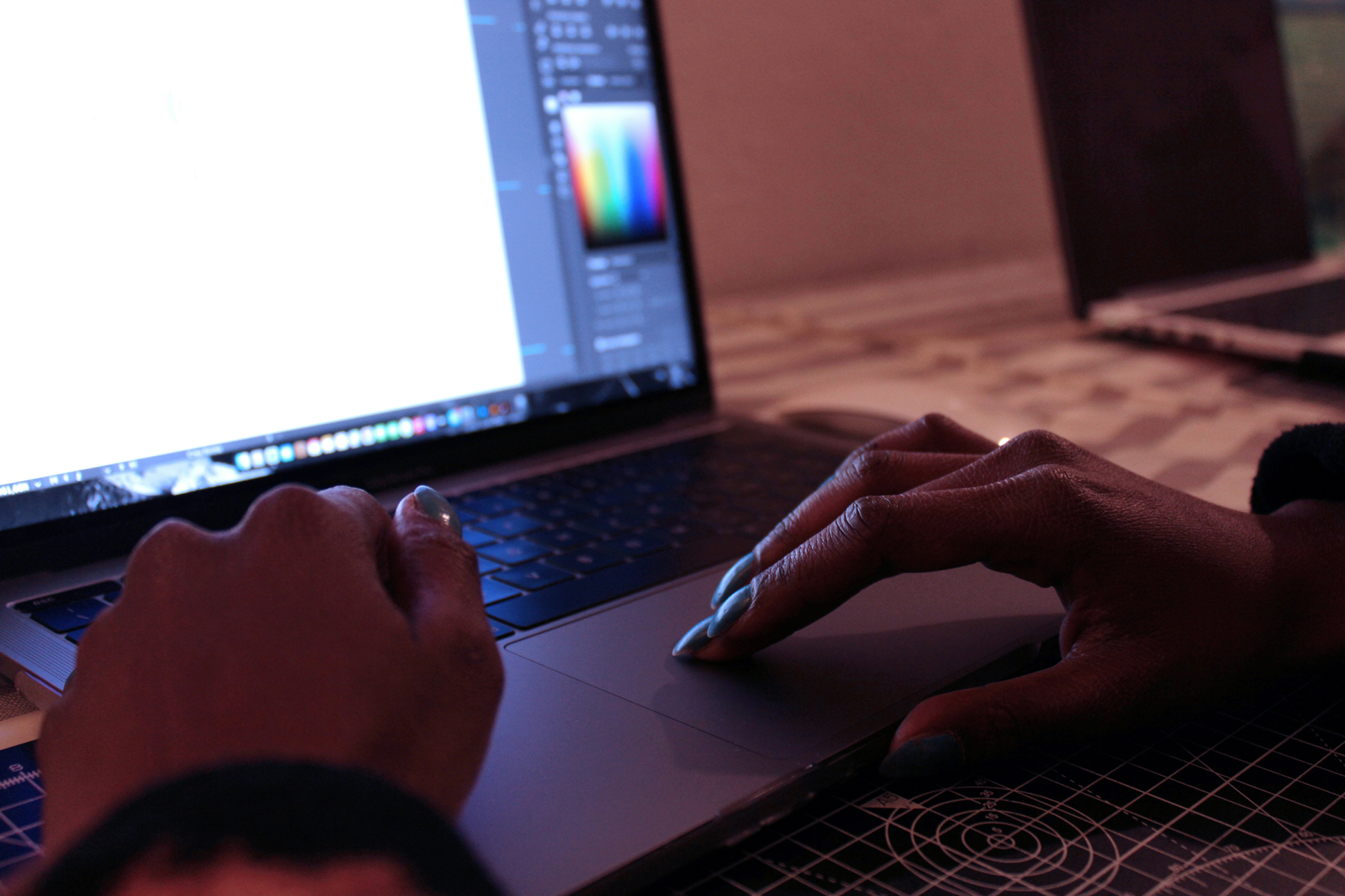
Essential Tips for New Graphic Designers
1. Master the Basics of Design
Understanding the core principles of design—such as balance, contrast, alignment, and hierarchy—is crucial. Study classic design theories and apply them to your projects to create visually appealing compositions.
2. Learn and Use Industry-Standard Tools
Familiarize yourself with essential design software like Adobe Photoshop, Illustrator, and InDesign. Learning tools like Figma and Canva can also help, depending on your niche.
3. Build a Strong Portfolio
Your portfolio is your visual resume. Include diverse projects that showcase your skills and creativity. Even if you’re new, create personal or fictional projects to demonstrate your capabilities.
4. Stay Inspired and Keep Learning
Follow design blogs, study work from experienced designers, and stay updated with industry trends. Platforms like Behance and Dribbble can provide great inspiration and networking opportunities.
5. Develop a Unique Style
While it’s great to take inspiration from others, strive to develop your own style. Experiment with different techniques and aesthetics to find what resonates with you.
6. Understand the Importance of Typography
Typography plays a significant role in design. Learn how to pair fonts effectively and use them to enhance your compositions.
7. Work on Real Projects
Experience is the best teacher. Work on freelance projects, internships, or collaborate with others to gain practical knowledge.
8. Seek Feedback and Improve
Constructive criticism helps you grow. Share your work with peers or mentors, take feedback positively, and keep refining your skills.
9. Learn the Business Side of Design
Graphic design isn’t just about creativity; understanding contracts, pricing, and client management is essential if you plan to freelance or run your own design business.
10. Network and Build Connections
Networking with other designers and professionals can open up new opportunities. Join design communities, attend workshops, and engage in discussions to grow your presence in the industry.
Conclusion
Becoming a great graphic designer takes time, practice, and passion. By continuously learning, seeking inspiration, and improving your skills, you can build a successful and fulfilling career in design.

